Table of contents:
Offical AMCOM history (1997 - 2007)
AMCOM leadership (1997 - 2007)
AMCOM Installation History (1997 - 2007)
Someone once asked Command Historian Mike Baker how he would rank the establishment of AMCOM with the context of Redstone Arsenal history. He said "it ranks right up there with the establishment of the installation in 1941, the Von Braun Team arrival in 1950, and the creation of NASA in 1960. The acronym 'MICOM' was synonymous with 'Redstone Arsenal' for almost 40 years. This was a whole new ballgame." He should know... he's been here as an historian for almost 30-years.
And so on a hot, sweltering July afternoon in 1997, AMCOM was born. General Link dismissed all employees early that day to mitigate parking problems and to ensure that there was enough room for the many distinguished guests that day. Among the former MICOM CGs in attendance was MG (USA, Ret.) William Chen and MG (USA, Ret.) Joe Rigby.
One of the aspects of the ceremony that was so unusual was the number of general officers in attendance. This was because the Chief of Staff of the Army at that time, General Dennis Reimer, had just concluded that afternoon a meeting with all general officers in the US Army... every four, three, two, and one star generals (and a bunch of Colonel-promotable officers), along with most of the Command Sergeant Majors that served these officers.
AMC Commanding General Johnnie Wilson presided over the ceremony. The last MICOM Commanding General, (then) Major General James M. Link, handed the new AMCOM Flag to General Wilson who then handed the flag to MG Emmitt E. Gibson.
Oh yes... THE Flag. The design of the distinctive unit insignia was haggled over by both Link and Gibson. Coming up with a flag for the ceremony was tasked to the Command Historian, the aforementioned Mike Baker. He had to find a local seamstress to sew the thing together in time for the ceremony.
The merging of ATCOM and MICOM was historic in many ways. The number of employee projected to make the move from St. Louis to Huntsville was somewhere in the order of 20%. After all was said and done, almost 70% moved, a record that probably will never be broken. There were many issues. Some of these are addressed in the Video Highlights Section of this special page.
Fast forward to 2007 - we're in a Global War on Terror, we're supporting troops 24/7 all around the world, with special emphasis in Iraq and Afghanistan; we've been through four Commanding Generals (three of which were aviators), and the 2005 Base and Realignment Commission (BRAC) moves have started, with the US Army Space and Missile Defense of the Universe Command moving their headquarters and their three-star commander to Redstone. Someone came to our office asking a question about AMCOM. In going over the history, one of the historians said "well, you remember MICOM, right?" To which the individual replied "what's a 'MICOM?" Ten years...
Official History of AMCOM
On 17 July 1997, the U.S. Army Aviation and Missile Command (AMCOM) was formed on a provisional basis by merging the U.S. Army Aviation and Troop Command (ATCOM) and the U.S. Army Missile Command (MICOM). By Permanent Orders 344-1, dated 9 December 1996, the U.S. Army Materiel Command (AMC) directed that AMCOM be established at Redstone Arsenal on a permanent basis effective 1 October 1997. MG Emmitt E. Gibson became the first Command of AMCOM.
A little over a year later on 1 October 1998, AMCOM assumed operational control of Corpus Christi Army Depot (CCAD) in Texas, which maintained aviation systems, and Letterkenny Army Depot (LEAD) in Pennsylvania, which maintained missile systems. Both depots, which had previously been parts of the U.S. Army Industrial Operations Command (IOC), remained at their respective locations, but answered directly to AMCOM. The transition of the depots from IOC to AMCOM was completed on 1 October 1999.
Due to a realignment of commands with AMC, the Aviation and Missile Research, Development and Engineering Center (AMRDEC) was created at Redstone Arsenal on a permanent basis, effective 1 October 2000. The AMRDEC Director reported to the Commander of AMCOM until June 2003 at which time the AMRDEC was assigned to the Research, Development and Engineering Command (RDECOM).
On 1 May 2001, the Army formally inactivated the Charles Melvin Price Support Center (CMPSC) in Granite City, Illinois. AMCOM had inherited the 750-acre center as part of the MICOM-ATCOM merger in 1997.
The Transformation of Installation Management (TIM) plan started as scheduled at Redstone Arsenal on 1 October 2002. At that time, the Redstone Arsenal Support Activity's (RASA's) name was changed to the U.S. Army Garrison-Redstone, and it was no longer part of AMCOM. A year later, on 1 October 2003, the TIM became fully operational at Redstone Arsenal.
On 1 February 2003, AMCOM added to its mission operational control of all aviation logistics management functions at Fort Rucker, Alabama. AMCOM took over the maintenance and supply management of Fort Rucker's aviation fleet. The Aviation Center Logistics Command (ACLC) was formally activated in a ceremony at Fort Rucker on 5 August 2004.
On October 5, 2004, the Honorable Claude Bolton, then Assistant Secretary of the Army for Acquisition, Logistics and Technology, and General Paul Kern, then Commander, Army Materiel Command, signed an implementation directive that established the Aviation and Missile Life Cycle Management Command (LCMC). As part of the implementation process, the Program Executive Offices for Air, Space, and Missile Defense and for Tactical Missiles were deactivated on January 13, 2005.
The Program Executive Office for Missiles and Space was activated on that same date, and BG Samuel "Mike" Cannon, the former PEO for Tactical Missiles, assumed the role as the Program Executive Officer. The Aviation and Missile LCMC was formally activated on June 16, 2005, and comprised all elements of the Aviation and Missile Command, the Program Executive Office for Missiles and Space, and the Program Executive Office, Aviation. Major General James H. Pillsbury, the AMCOM Commander, assumed command of the LCMC, and Mr. Paul Bogosian, the Program Executive Officer for Aviation, added additional duties as LCMC Deputy to the Commander for Aviation Systems. General Cannon assumed additional duties as the LCMC Deputy Commanding General, Missiles and Space.
Since its formation, the AMCOM LCMC has managed to transform from a concept to an integrated, closely aligned organization with a single commander who has the primary responsibility for the life cycle of all the Army's aviation and missile weapon systems. There is now a single point-of-contact and a direct conduit for situational awareness and the total support structure of the systems the command supports when help is needed. Improved communication, decision-making, system optimization and short response times are the returns on the LCMC investment. The initiative is based on an active information flow about equipment status, beginning at the weapon system and flowing back to a combined Project Manager/AMCOM Team. Enablers are being designed to provide the Project Manager with the necessary information and inputs with which to make decisions that will maximize system performance and minimize the sustainment burden for the Soldier.
Commanding Generals (1997 - 2007)
For a detailed biography of each Commanding General visit the
Biography Section.
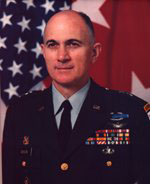
MG Emmitt E. Gibson |
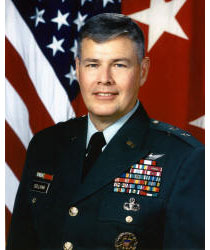
MG Julian A. Sullivan, Jr. |
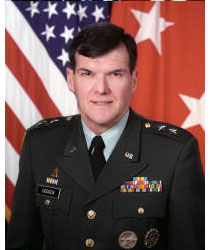
MG Larry J. Dodgen |

MG James. H. Pillsbury |
Deputy to the Commanding General (1997 - 2007)
For a detailed biography of each Deputy to the Commanding General visit the
Biography Section.

Ernest A. Young |
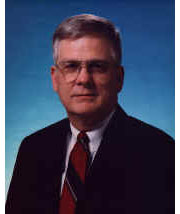
Daniel J. Rubery |
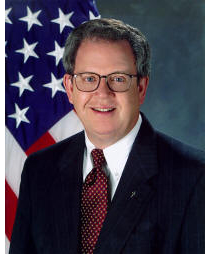
James L. Flinn, III |
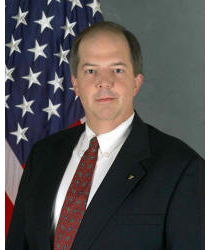
Dr. Richard W. Amos |
Command Sargeant Majors (1997 - 2007)
For a detailed biography of each Deputy to the Command Sargeant Major visit the
Biography Section.
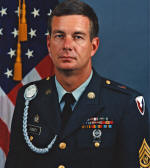
CSM Benjamin F. Sundey |
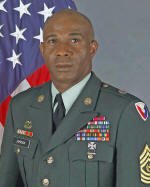
CSM Roscoe L. Johnson, Jr. |
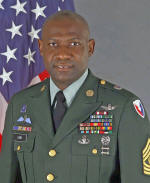
CSM Gregory Lunn |
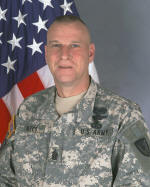
CSM Ricky P. Yates |
